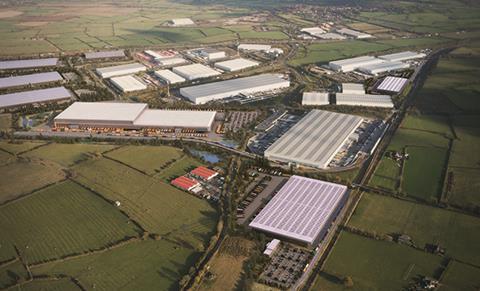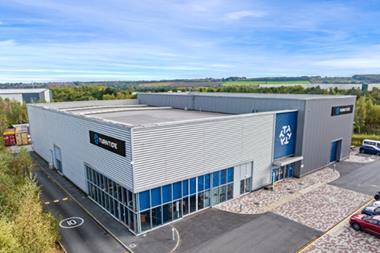Demand for logistics real estate remains steady in the face of potential political and economic headwinds across Europe ahead of key elections.

In each of the 13 European countries in which we operate, the supply of class-A logistics buildings is low while the structural drivers of demand continue to expand.
As a result, vacancy in our markets is at an all-time low. The following statistic is particularly telling: over the past decade, total market-occupied stock has grown by 60% while average European GDP has increased by just 10%.
At the end of 2016, our 17m sq m (183m sq ft) portfolio in Europe was 96.7% occupied, buoyed by healthy leasing activity and disciplined development. Europe has around three times less class-A space per capita than the US and we believe the region will further extend the growth cycle for our company as its recovery picks up steam.
Last year, Prologis Europe began the construction of what we expect will ultimately be more than 800,000 sq m of modern, energy-efficient logistics space. Build-to-suits comprised 59%. The remaining speculatively developed buildings were leased during construction or soon after completion.

Our ongoing theme for 2017 is disciplined growth. In the UK, where our portfolio is close to 100% occupied, Prologis created a new venture with CBRE GIP: the Prologis UK Logistics Venture (UKLV). UKLV allows us to expand further into the strong UK market while pursuing a develop-to-own strategy.
This co-investment is the first Prologis venture dedicated to the UK and it reflects investor confidence in this important market.
Changing behaviour
Logistics is today widely regarded as hot property. Beyond strong operating fundamentals, the rise of ecommerce has contributed to a wider interest in, and understanding of, the sector. Changing consumer behaviours have helped boost demand for fulfilment centres, to the point where ecommerce is now considered a structural driver of demand.
The volume of total market build-to-suits for ecommerce customers in Europe was three times higher in 2016 than in 2015. In the same period, 20% of Prologis Europe’s new leasing activity was related to ecommerce, reflecting the fact that demand comes from a broad range of business types.
Given the health of the sector, it is perhaps no surprise that last year a record €21bn (£18bn) of capital made its way to logistics. Investors will have read with interest the recently published Logistics Rent Index by Prologis Research.

The report revealed a 4% increase in global market rent through 2016. The US led with a 5% increase, while rents across Europe grew 3%. Momentum is building and customers in Europe would do well to move quickly to secure the most attractive long-term agreements.
Ensuring that Prologis Europe continues to offer the best buildings in the best locations remains our top priority for 2017. As customers demand faster delivery times, the need for infill locations is ever increasing. Cross docks are becoming more prevalent as a means of fostering the efficient flow of goods. And, in select markets where the economics make sense, the multi-storey building is making its mark. Prologis is constructing the first US multi-storey building in Seattle.
This is a unique time for logistics real estate. On the one hand, the sector is benefiting from its well-earned reputation as a durable asset class. On the other, it is partnering with pioneering companies to transform the consumer experience. We are living in exciting times.






























No comments yet